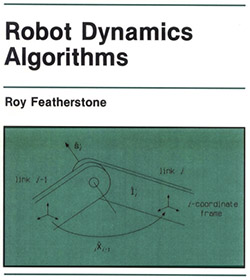CS 6650 Computational Motion (Fall 2013)
Assignment #1: Recursive simulation algorithms
DEADLINE: Monday, October 28, 2013
IN-CLASS DEMO DAY: Tuesday, October 29, 2013

CS 6650 Computational Motion (Fall 2013)Assignment #1: Recursive simulation algorithmsDEADLINE: Monday, October 28, 2013 |
 |